Open the Moscow Public Toilets Finder on your phone and start mapping across the city; every listed facility shows a distance in meters and a pointed icon for quick recognition.
In central districts, most clean restrooms sit within 300–500 meters of metro stations, with added options in major shopping centers and parks across the city. Hours typically run from 6:00 to 22:00; a growing number are open 24/7, especially near major transport hubs and airports.
Our digital system prioritizes human needs: it streamlines access, offers real-time status, and allows everyone to locate a clean restroom quickly, whether you are a passenger rushing between trains or a local running errands.
Note: a few facilities are in historic blocks once used by authorities, including former prisons where people were jailed; today they host open, accessible restrooms with updated hygiene and always clear signage.
Tips for travelers: carry a small amount of change for touchless entry where required, check the map for access to disabled facilities, and look for the open emblem to avoid closed units during peak hours.
For everyday use, save a few top picks: central railway stations, major airports, busy shopping centers, and parks across Moscow. The map updates frequently, so you can plan your break before you reach a crowded area.
Public Toilets in Moscow: A Practical Guide to Clean Restrooms, Trains, and Privacy
Recommendation: Before entering, locate a toilet at an awarded facility and check its exact location on the transit map. This helps everyone save time and avoids wandering.
In metro stations and trains, facilities are outfitted with barriers for privacy and with working plumbing and flushing systems. During the morning rush, lines form near entrances; look for toilets just inside the main concourse or near platform stairs. A quick glance at the bowls and the view of the flushing area signals better upkeep, then you can decide to proceed or try another location.
Pricing varies: 20 to 40 rubles is common; some centers charge just a coin, others accept cards. In December, a few stations piloted card payments and mobile apps, reducing cash handling and making access less friction for travelers.
Known privacy concerns are discussed by activists and media. Meduza has reported on barriers and inconsistent maintenance; activists have called for clearer rules and better signage. Some stations are outfitted with German-made sensors and additional attendants to improve monitoring, aiming for more reliable facilities.
What to do if you face a problem: staff duty is to fix issues quickly. If flushing fails or you notice a break in plumbing, tell an attendant and request an answer. If the issue is not resolved, you can file a formal complaint or pursue a lawsuit; having photos or time stamps helps someone evaluate the claim.
To plan a trip, check a known location on the map, especially before long routes. If you have a morning schedule or a tight break, choose a station near main lines to minimize walking. In busy times, barriers reduce noise and distractions, making privacy easier for someone who needs it.
Bottom line: use these checks to stay comfortable during travel; a few quick steps give you access to reliable restrooms, smoother access on trains, and better privacy on the go.
Locating clean restrooms across Moscow’s transport hubs and public spaces
Use Moscow’s official transit guide published by the city commission to locate clean restrooms at centers and major transport hubs. The December updates improve lighting, flushing, and plumbing, and every center now shows doors status and latrine availability; look for jpeg photos in the guide to verify what you’ll find before you arrive.
- Open the published map and filter for restrooms with high cleanliness ratings near your route. Prioritize centers with a higher number of stalls and reliable maintenance crews to reduce lines.
- On arrival, inspect lighting along the corridor and inside the stalls; ensure doors close firmly and the latrine is clean. If a stall lacks a working flush or proper plumbing, move to the next nearby facility.
- Plan around events that attract crowds. Certain event days can spike use at nearby hubs, so identify back‑up centers around the route and keep a quick check on conditions in advance.
- For tourists, including france tourists, carry the guide’s quick‑reference list and the photo cues. The guide often shows a photo for each entrance so you can find the correct doors without hesitation.
- If you encounter persistent issues, report them through official channels. Repeated problems can trigger reviews by the commission and may lead to a lawsuit if standards aren’t met; timely reporting helps accelerate fixes.
- Locations to prioritize: central centers near major interchanges, and facilities adjacent to large public spaces where signage is clear and lighting is strong.
- What to look for in every restroom: accessible entrances, clean flushing mechanisms, functional locks, and visible maintenance cycles published in the guide.
- Tips for quick use: arrive a few minutes before peak times, take note of the number of stalls, and scan for signs indicating outlet disposal and waste handling procedures.
- Trust signals: signs with the commission logo, posted updates about conditions, and recent December refresh notices indicate higher maintenance standards.
- Reporting steps: note the exact center, describe the issue, and provide a timestamp and photo if possible; your report helps improve facilities through the system’s through‑service channels.
Overall, start with the official guide, compare centers by the number of stalls and lighting quality, and use the jpeg photo cues to navigate quickly. Around priyutnye areas near prisons or court complexes, you’ll still find clearly marked latrines and robust plumbing within standard spaces, thanks to ongoing compliance with published standards and regular inspections by the commission.
Prospekt Mira Metro: features, access, and opening hours of the new toilet
Use the new toilets at Prospekt Mira Metro for quick, clean relief, especially if you are catching trains; it sits behind the station lobby and is easy for those moving between platforms. Thats why locals in russia prefer it during busy days.
The luxurious toilets include three enclosed stalls, a family room, and a disabled-access zone. Sherlock-style sensors drive the system: touchless taps, motion-activated lighting, and doors that open with a simple wave. This isnt a luxury only; its practical design follows france-inspired standards and has earned awarded status among many bathrooms in russia, offering a calm view of the concourse and practically removing clutter from the route.
Access is straightforward, with a clear path from the street where the main lobby is located. From the platform, go behind the escalators to the entrance; the route links the station concourses and nearby trains, while connecting to other stations on Prospekt Mira. In this year of upgrades, that system handles crowds well. For example, in high-traffic cases, someone on duty guides you behind barriers to keep lines moving. Thats how the design works in practice, though.
Opening hours run from 05:30 to 23:00 daily; maintenance occurs 02:00–03:00, with restricted access. In september the cleaning cadence increased to curb leftovers in cases like concerts or events. The live view board shows status and order updates for staff and commuters. While some travelers arrive late, those in need can request assistance at the station desk; the elevator behind the station provides access to the toilets for those with wheelchairs.
Three practical tips: use the clear sign where to find the entrance; together with the simple three-step flow (approach, tap, wash) this is easy. For example, if someone enters with a stroller or wheelchair, use the accessible path; to remove odors, rely on the built-in ventilation and proper disposal in labeled bins. The experience feels friendly and efficient, whether you are new to russia or a regular traveler.
Privacy and safety concerns in Russian toilets, including prison facilities
Always verify that the stall doors lock and the lighting is bright before you enter any toilet. If you cannot confirm privacy, move to a different facility and ask where staff can help you or where to report concerns.
- Conditions and cameras: inspect the exterior signage for camera notices and ask open questions about monitoring when you see cameras. If cameras exist, request clear information on their purpose, coverage, and retention during the commission’s inspection process.
- Lighting and visibility: ensure even lighting inside the stall and in the common area; poorly lit spaces raise risk of harassment or bad footing, especially around trains and railway stations during December travel peaks.
- Privacy controls: test the door lock and look for easy-spot indicators of normal use; if a door does not close properly, move to another toilets area and report it to staff or the commission for quick remediation.
- Personal belongings: keep a purse or bag close; do not leave valuables on the floor or in open sight; use a zipped compartment or wear a secure belt bag when moving through crowded stations around Moscow.
- Open areas and exceptions: most facilities practice open access in public restrooms, but exceptions exist in some former facilities or prison-adjacent sites where privacy standards vary. In such cases, follow posted guidance and ask staff for alternatives.
- Prisons and prison facilities: access to certain toilets is restricted; if you encounter a facility labeled for restricted use, move to a designated public toilet and report concerns to the railway commission or station staff. This reduces risk for everyone and clarifies policy for visitors.
- Emergency features: look for visible buttons or call points; know where to press if you feel unsafe, and confirm response times with staff during an inspection or at the point of entry.
- Hanging cords and fixtures: stay clear of hanging cords or hoses that could snag clothing or create tripping hazards; report moved or loose fixtures for immediate repair by logistics teams.
- Intercity travel context: at busy stations, toilets near platforms used by trains require faster checks; verify when you arrive, where to go next, and how staff will assist if a security concern arises.
- Documentation and photos: do not take photos inside toilet areas; if you must document a policy, photograph exterior signage or the notice board around the facility for your records.
- Public reporting path: if you are asked where to report concerns, go to the nearest information desk or the station commission’s online form and reference the facility’s location (railway address or former station building) for faster handling.
- Travelers’ practical tips: always scan for clear lighting, observe the path from the entrance to the toilet, and keep a spare card or ticket ready for quick access to staff if issues arise.
During inspections, commissions review conditions, access controls, and safety measures; they verify that open areas meet normal privacy standards and that exceptions are documented with justification. If you notice something off, ask when updates are planned and where the next inspection will take place, so you can follow up quickly and ensure a safe experience for everyone.
- Ask staff where to report privacy concerns and how to file an official note with the commission.
- Move to a well-lit, clearly staffed facility if you feel uneasy, especially near busy railway hubs or during December travel surges.
- Keep personal items secure and minimize exposure to crowded spaces by staying aware of your surroundings and fellow passengers.
- When in doubt, choose a toilet near a staffed kiosk or security desk; this open option reduces risk and speeds assistance if needed.
In practice, Anton’s quick checks at a Moscow railway station showed that visible lighting, clear signage, and accessible buttons almost always pacify concerns. Everyone who travels through trains and railway arteries benefits from straightforward reporting channels and consistent inspections, which keep toilets safer in both current and former facilities, including those used by visitors from nearby France and other regions. If you are moving between stations, follow the logistics guidance posted at each facility so you know where to go in case of an issue, and you’ll minimize risk to yourself and others around you.
Toilet facilities on Russian and Latvian trains: expectations and tips for travelers
Carry a compact pack of tissues and a small sum in rubles for potential toilet fees or supplies. On long-distance trains in Russia you’ll encounter a mix of squat stalls and a bathroom with varying flushing mechanisms; check labels or ask staff before use.
In Latvia, newer railway cars lean toward Western layouts with reliable flushing and cleaner surfaces, while older carriages across the former network can present a noticeable stench and limited privacy due to minimal partitions.
Privacy varies; partitions between stalls are sometimes minimal, making some toilets feel exposed in crowded cars. For spinal comfort, seek larger cubicles in newer coaches or the last cars where space is more forgiving.
Notice the crew’s duties and follow the railway authorities. If a toilet is out of order, report it via the station notice boards or speak to a duty officer; rights of passengers are published by authorities and held by rail operators to enforce sanitation standards and safety.
Digital displays show car numbers, next stops, and sanitation status on many trains, especially in Latvia’s newer fleets. Surveillance cameras may monitor corridors; respect privacy and avoid filming in the toilet area.
Experiences from travelers indicate a relatively mixed situation: modern trains keep surfaces clean and flushing reliable, while older units can lack partitions and emit a noticeable stench. If a toilet wasnt cleaned, report it to the station staff; a quick notice posted in the carriage often prompts a faster cleanup.
Money management matters: in some routes staff may request payment for cleaning or maintenance; have rubles ready. If you face ongoing issues, consider switching to a newer carriage at the next station and filing a notice with railway staff; published guidelines outline passenger rights and the duties of crew.
Across the railway network, prefer newer stock if bathroom facilities matter, and ask staff about the current car type before departure.
From holes in the floor to improved facilities: reform efforts and advocacy
Launch a five-point plan now to fix public toilets in Moscow: establish a commission chaired by a credible chairman to oversee reform; publish quarterly data on cleanliness, maintenance response times, and user satisfaction; ensure transparent budgets; empower residents to report issues; and set penalties for chronic neglect, up to jail for officials who repeatedly fail to meet standards.
The first move is a pointed audit of every public toilet in staffed venues, mapping condition, seat availability, and accessibility. Use a dedicated room in the city hall to house a small data team, and assign a fixed timeline for each site. The commission should schedule field checks and publish a public list of sites needing work, with clear benchmarks and a normal standard: clean floors, functioning doors, soap and hand-dry, working taps, and a normal temperature. theres no reason to delay. This approach mirrors discussions about russia and demonstrates how accountability can drive change.
Looking at examples from other cities, the team will report weekly updates and invite residents to join the group. Youre encouraged to report issues via the official source, saying that the team acts on each case. In moscows modern facilities, five sites moved from holes in the floor to clean, accessible toilets, proving that targeted action works. The situation is trackable through metrics such as repair time, user satisfaction, and usage rates. Each event is logged to improve accountability.
Budget and enforcement: the plan allocates rubles across projects; in one example, a retrofit moved 60 sites to better standards and cut complaints by half. russia should move faster on this, and the commission will publish quarterly data to show progress. If a site fails repeatedly, the duty falls on the chairman and the team; failure could trigger enforcement steps, including jail for chronic noncompliance. The practical outcome will be cleaner facilities, higher normal usage, and less litter. The plan also calls for a five-site pilot to remove outdated fixtures and replace with touchless systems to reduce cross-contamination.
| Initiative | Status | Budget (rubles) | Timeline | Impact |
|---|---|---|---|---|
| Establish commission chaired by chairman | Underway | 50,000,000 | Q1–Q2 | Oversight and faster decision-making |
| Public data portal for toilet metrics | Planned | 12,000,000 | Q2 | Transparency and accountability |
| Retrofit program: fixtures, doors, accessibility | Planned | 300,000,000 | 12–18 months | Upgraded 400 facilities; improved user experience |
| Accessibility improvements (wheelchair seating) | In progress | 80,000,000 | 9–12 months | Better access for families and disabled users |
| Enforcement and reporting system | Planned | 10,000,000 | 6 months | Clear penalties; accountability, including potential jail for repeated neglect |

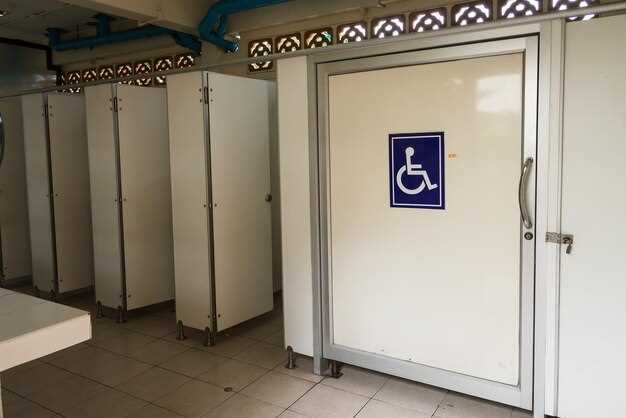 Public Toilets in Moscow – Where to Find Clean Restrooms">
Public Toilets in Moscow – Where to Find Clean Restrooms">

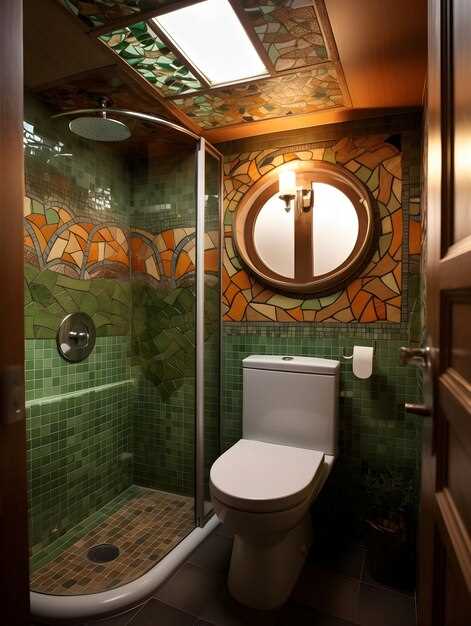
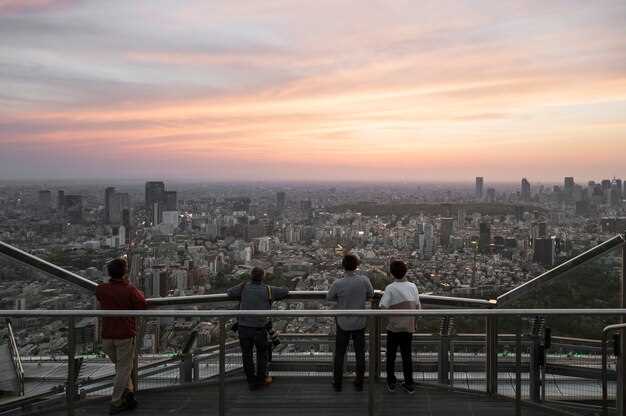 Best Moscow Rooftop Restaurants – Sky-High Dining with City Views">
Best Moscow Rooftop Restaurants – Sky-High Dining with City Views">
 2854№484 Marriage Proposal in Moscow – The Ultimate Guide to Planning a Dream Proposal in the Russian Capital">
2854№484 Marriage Proposal in Moscow – The Ultimate Guide to Planning a Dream Proposal in the Russian Capital">
 Victory Park at Poklonnaya Hill, Moscow – Guide and History">
Victory Park at Poklonnaya Hill, Moscow – Guide and History">
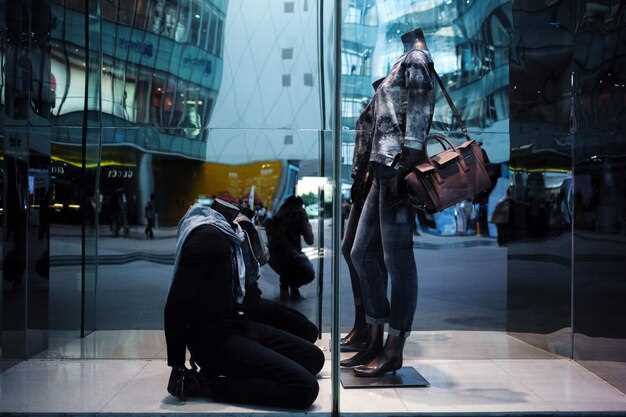 Imperial Duty Free Strengthens Moscow Market Dominance with Ambitious Sheremetyevo Store Openings">
Imperial Duty Free Strengthens Moscow Market Dominance with Ambitious Sheremetyevo Store Openings">
 2025 Recommended Attractions at the Bolshoi Theatre – Updated October">
2025 Recommended Attractions at the Bolshoi Theatre – Updated October">
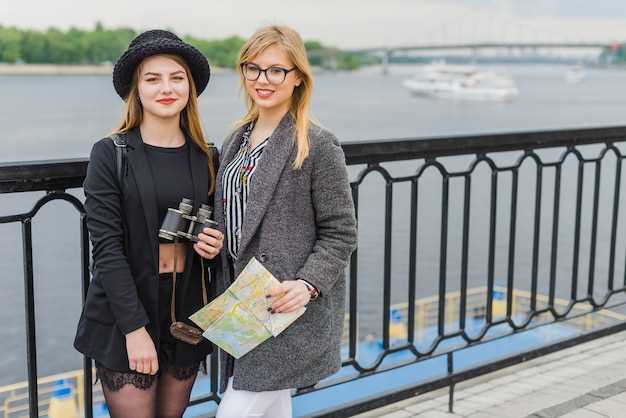 Russia Travel Budget and Cost of Living – How Much Does a Trip Cost?">
Russia Travel Budget and Cost of Living – How Much Does a Trip Cost?">
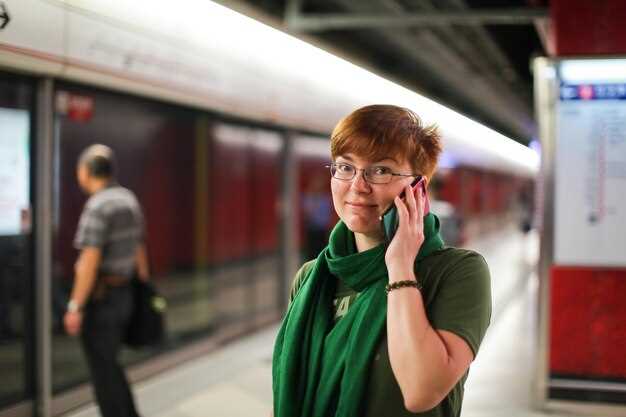 Moscow Train Stations – A Practical Guide to Major Stations, Routes, and Tips">
Moscow Train Stations – A Practical Guide to Major Stations, Routes, and Tips">
 Winzavod – Moscow Center of Contemporary Art — Exhibitions & Visiting Guide">
Winzavod – Moscow Center of Contemporary Art — Exhibitions & Visiting Guide">
 Best Moscow Photo Spots for Stunning 2025 Pictures">
Best Moscow Photo Spots for Stunning 2025 Pictures">
 Orthodox Christianity in Russian Culture – Influence and Identity">
Orthodox Christianity in Russian Culture – Influence and Identity">